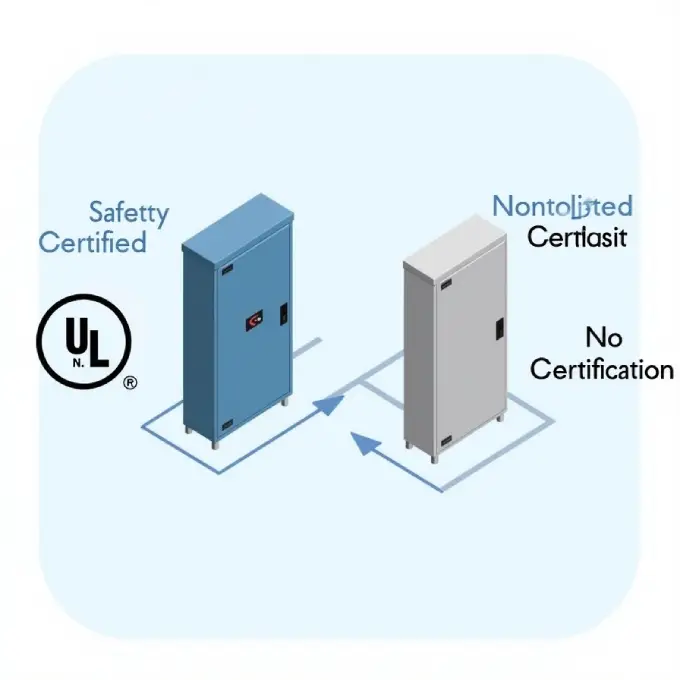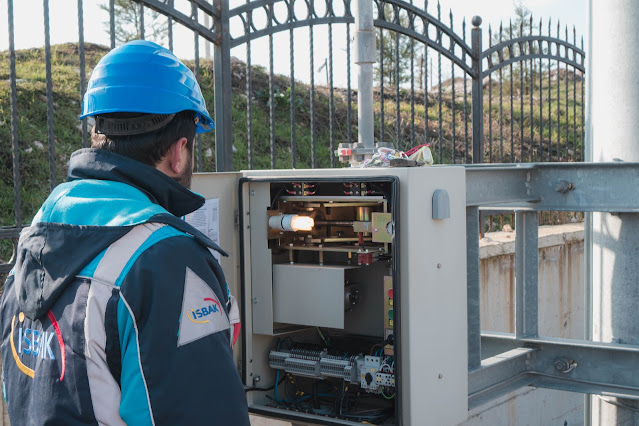Industrial control panels are critical for automation and machinery operations, but they must meet strict safety standards. UL 508A is the benchmark for industrial control panel compliance in North America. If you're an engineer, electrician, or manufacturer, understanding these standards is essential for safety, reliability, and legal compliance.
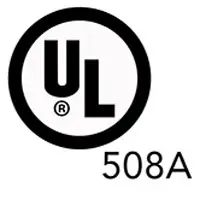
In this guide, we’ll break down:
✔ What UL 508A standards are
✔ Key compliance requirements
✔ Common mistakes to avoid
✔ Benefits of UL 508A certification
What Are UL 508A Panel Standards?
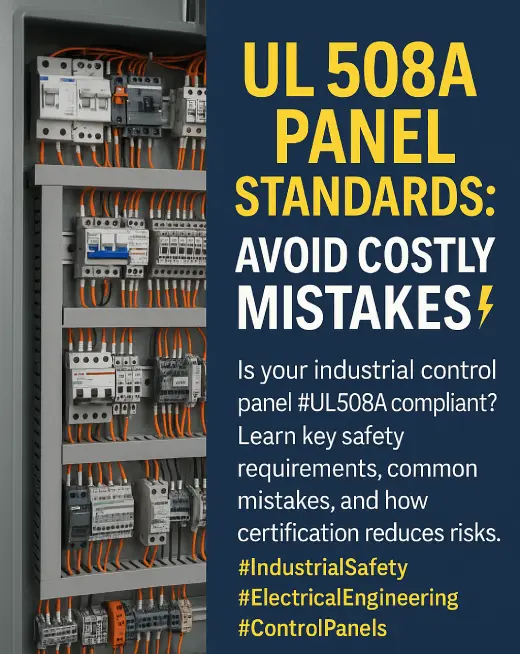
UL 508A is a safety standard developed by Underwriters Laboratories (UL) for industrial control panels. It ensures that panels are designed, constructed, and tested to minimize electrical hazards like short circuits, overheating, and fires.
Panels certified under UL 508A are widely accepted in the U.S. and Canada, making them a requirement for many industrial applications.
UL 508A Panel Standards Compliance Requirements
To meet UL 508A standards, control panels must adhere to strict guidelines, including:
1. Proper Component Selection
- Only UL-listed or recognized components should be used.
- Components must be rated for the panel’s voltage and current.
2. Wiring & Circuit Protection
- Wires must be sized correctly to prevent overheating.
- Overcurrent protection (fuses, circuit breakers) must be installed.
3. Clear Labeling & Documentation
- Panels must include warning labels, schematics, and ratings.
- Proper markings for disconnects and terminals are required.
4. Spacing & Ventilation
- Adequate spacing between components prevents overheating.
- Ventilation or cooling systems may be needed for high-power panels.
5. Grounding & Bonding
- Proper grounding prevents electrical shocks.
- All conductive parts must be bonded to avoid potential differences.
Common Mistakes to Avoid
❌ Using non-UL-listed components
❌ Incorrect wire sizing or poor routing
❌ Missing safety labels or documentation
❌ Inadequate spacing leading to overheating
Benefits of UL 508A Certification
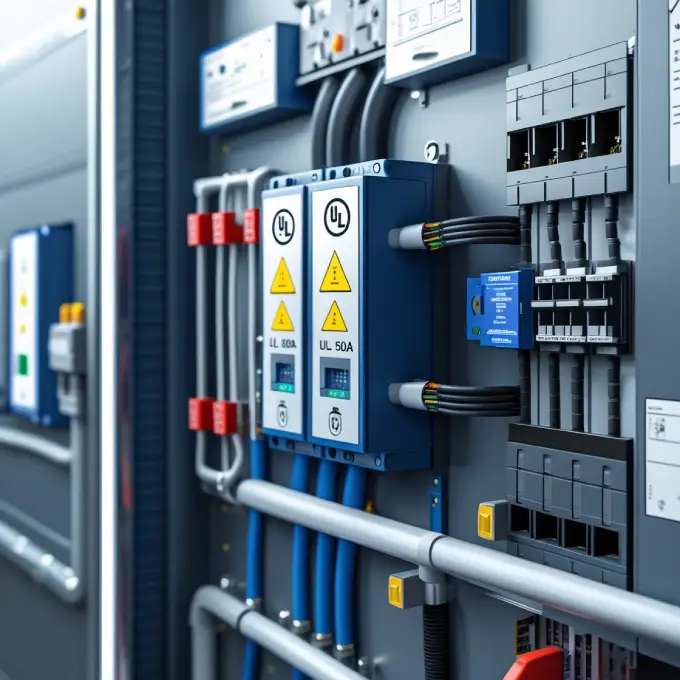
✔ Enhanced Safety – Reduces fire and electrical hazards.
✔ Regulatory Compliance – Meets OSHA and NEC requirements.
✔ Market Acceptance – Required by many industries and inspectors.
✔ Lower Liability Risks – Minimizes legal and insurance issues.
Final Thoughts
Complying with UL 508A panel standards ensures safety, reliability, and regulatory approval for industrial control panels. Whether you're designing, building, or maintaining these systems, following these guidelines is crucial.
Need help with UL 508A compliance? Consult a certified panel builder or testing lab to ensure your systems meet the highest safety standards.
